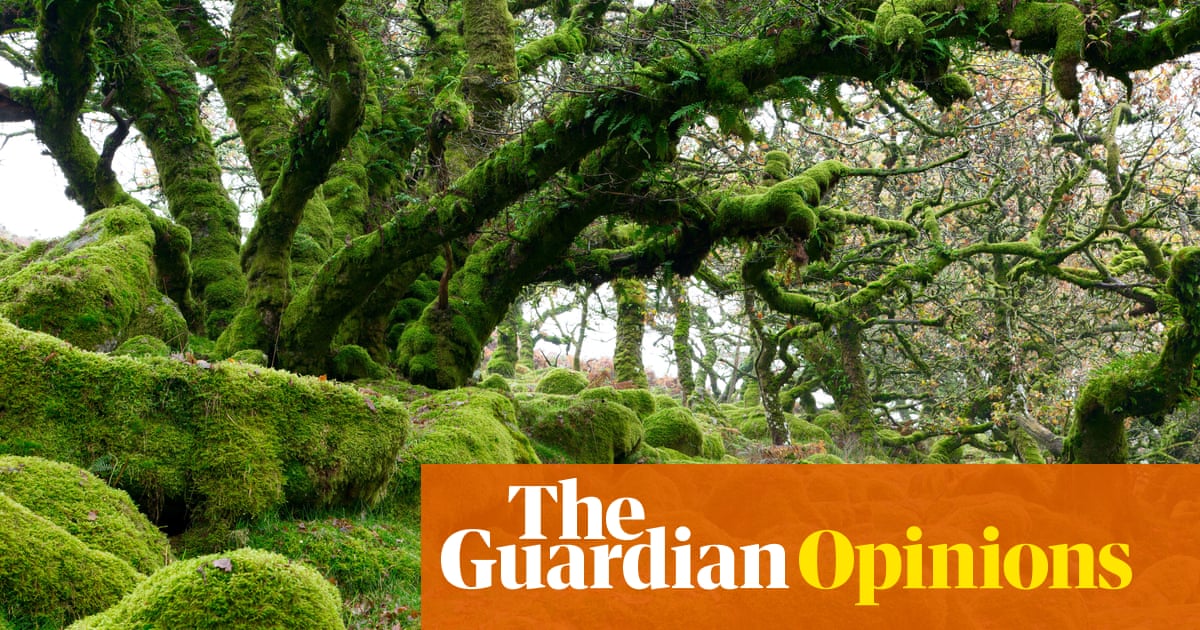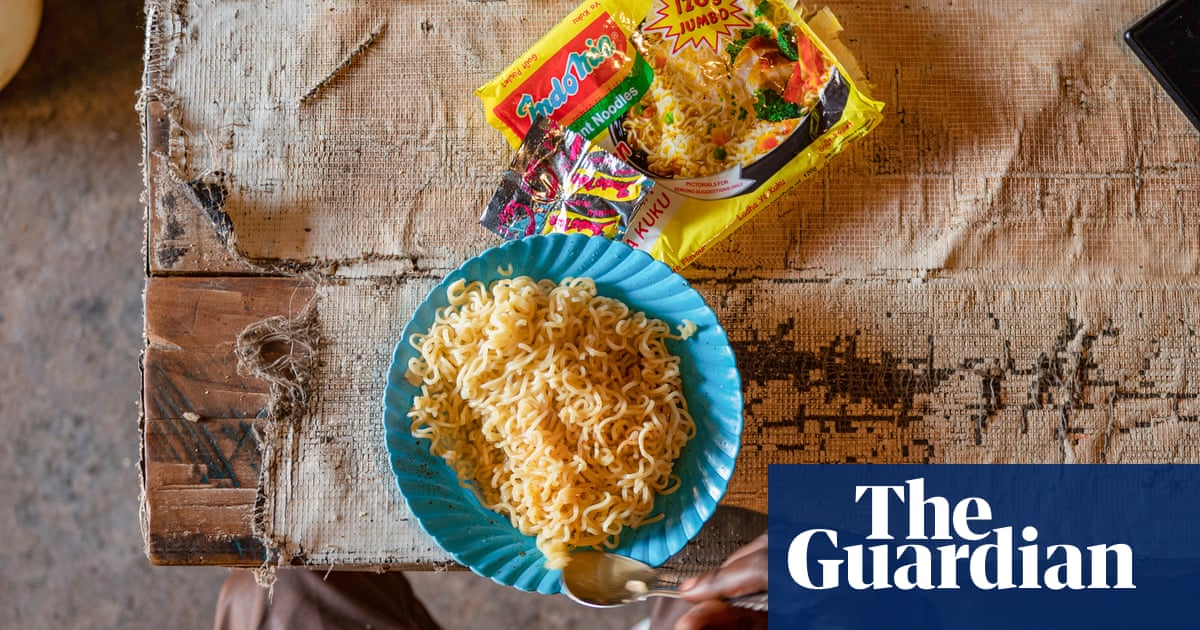
Ihave been lucky enough to live through an era of extraordinary creativity. As a kid growing up in Birmingham, it was often to the other side of the Atlantic that I looked for my role models. Harry Belafonte and Sidney Poitier were my screen heroes, films such as Guess Who’s Coming to Dinner had a big impact. Soul music, and Stevie Wonder in particular, were the soundtrack to my youth, and the likes of Curtis Mayfield, Isaac Hayes and Marvin Gaye provided the backing to the so-called “blaxploitation” films that blew me away in the 1970s and showed me a racier side of African American life. Later on, the likes of Spike Lee and the Hughes brothers took film-making in whole new directions, combining hip-hop, politics and social commentary to electrifying effect. Today, many of the biggest phenomena in entertainment – Beyoncé, Bridgerton, Black Panther – are the products of largely Black American creativity.
Now, with new BBC documentary series Get on Up: The Triumph of Black America, I’ve been given the chance to explore how, across the span of my own lifetime, this creativity has come to dominate popular culture, and changed the entertainment landscape right around the world. In previous documentaries I have looked at some pretty tough subjects – race, racism, mental health. But a series celebrating Black creativity, exploring what makes African American culture so dynamic and globally successful? I couldn’t turn it down.
I travelled across America and elsewhere to meet many of my heroes: the actors, producers, writers and performers who participated in my cultural world. Shalamar’s Jeffrey Daniel, who helped Michael Jackson perfect his moonwalk, was kind enough to give me a few tips. Live and Let Die star Gloria Hendry told me about working with the likes of Mario Van Peebles and kissing James Bond. And I learned from Smokey Robinson how central Berry Gordy’s Motown label had been in making Black American music the sound of all of young America, including a white audience. On my journey I was lucky to be able to pay a visit to a place close to my heart: the Baptist church in Atlanta where Martin Luther King had been a minister. As an 11-year-old, I had stood up in front of my class and recited lines from Dr King’s I Have a Dream speech, and felt the effects his words had on the parents and teachers in front of me. That was the first time I think I really understood the power of language, and made me begin thinking that one day I might want to perform for a living.
One of the most moving encounters during the making of the series was in New York’s Met Museum, where I met actor John Amos, who played Kunta Kinte in the landmark TV series Roots. It was a turning point for America in facing up to the appalling history of its slave past. I was privileged to hear Amos recount the hilarious story of an irate viewer who had stopped him on the road to tell him he had shot at his TV the night before, in outrage at Kunta Kinte’s treatment at the hands of the slavers. I was honoured to be able to tell him how his generation had inspired me, and was deeply affected when he reminded me that it was my duty to do the same for the next one. I also got to sit in the recording studio with Robert Margouleff, who had worked with Stevie Wonder on a run of seminal albums, and he talked me through the making of Living for the City, one of my all-time favourite tracks. Absolutely magical.
In the second programme, the story continues; here I looked at the hip-hop era and gamechangers such as Spike Lee and Will Smith. I talked to Jamie Hector who played Marlo Stanfield in The Wire about how that brilliant series had provided a launchpad for so many actors, and how my own career in the States had taken off not long after. I wanted to explore how the hip-hop generation aimed to own their creative capital and how Black cultural entrepreneurs became billionaires with lifestyles to match. Johnny Nuñez, Sean “Diddy” Combs’s in-house photographer, recounted tales of capturing the bling and excess of Diddy’s 90s White Parties. I also looked at the creative milestones that have been passed in the last decade or so, such as Beyoncé’s visual album Lemonade and Childish Gambino (AKA Donald Glover’s)’s hit music video This Is America.
As I approached the end of my journey, I met Florence Kasumba, one of the stars of Marvel’s Black Panther. Here I was talking to a Ugandan-German star of a hugely successful Hollywood movie set in a futuristic mythical African nation. The release of Black Panther was a major cultural moment and felt like a good note to end on. The movie puts a Black superhero front and centre of the Marvel cinematic universe, with a Black director in Ryan Coogler and a majority Black cast. I was proud to be able to celebrate this coming of age, take stock and realise that the impact of Black American culture over the last half a century goes way beyond America. What a ride it has been.
Undoubtedly we have a way to go, but it’s good to look at how far we’ve come – and of course the story didn’t start with the civil rights movement. Later in the spring I will be on BBC Two telling a darker story about an American cultural export that starts more than a century before Martin Luther King’s speech; when a man called Thomas Dartmouth Rice put on some rags and took on the stage name Jim Crow, starting an international craze known as Blackface minstrelsy that lasted into my lifetime and left a toxic legacy with which we are still reckoning.












